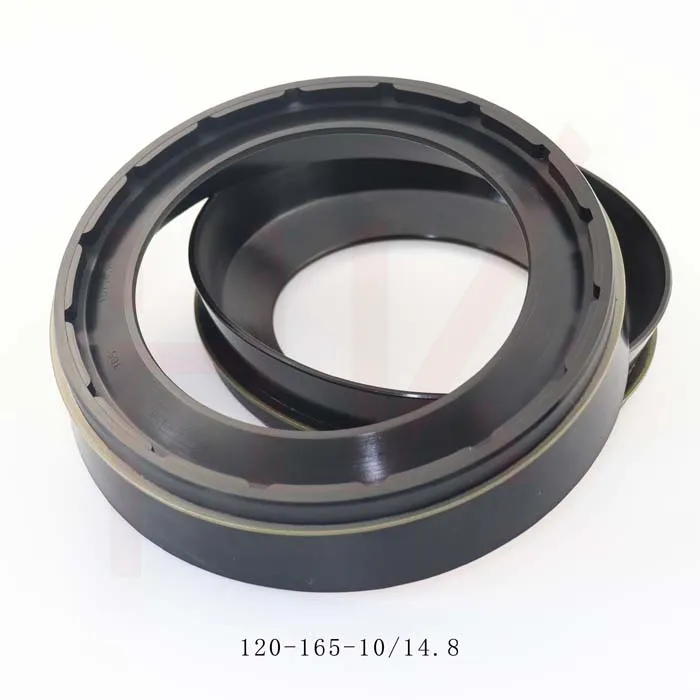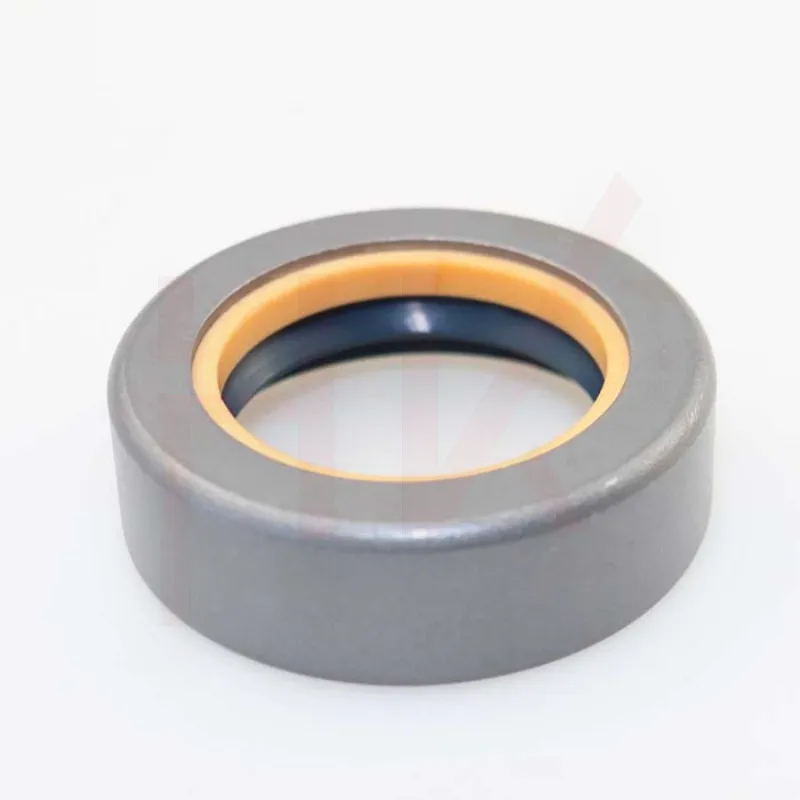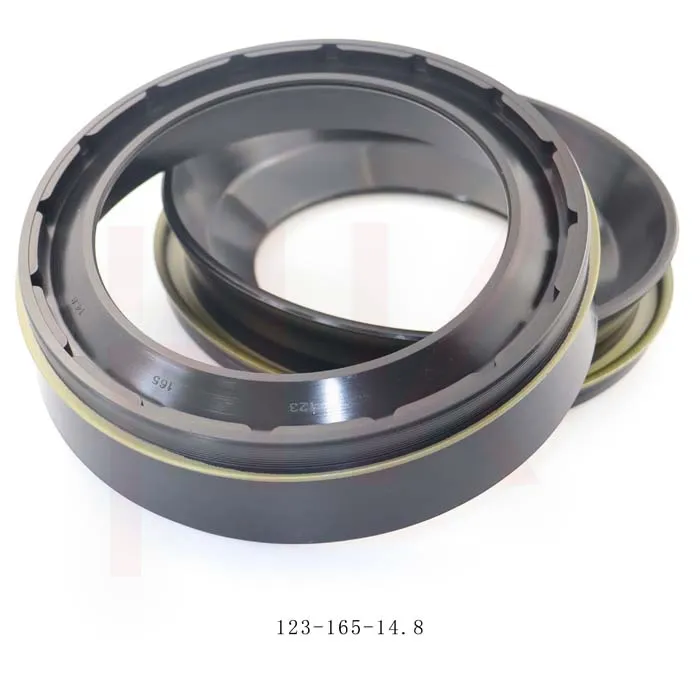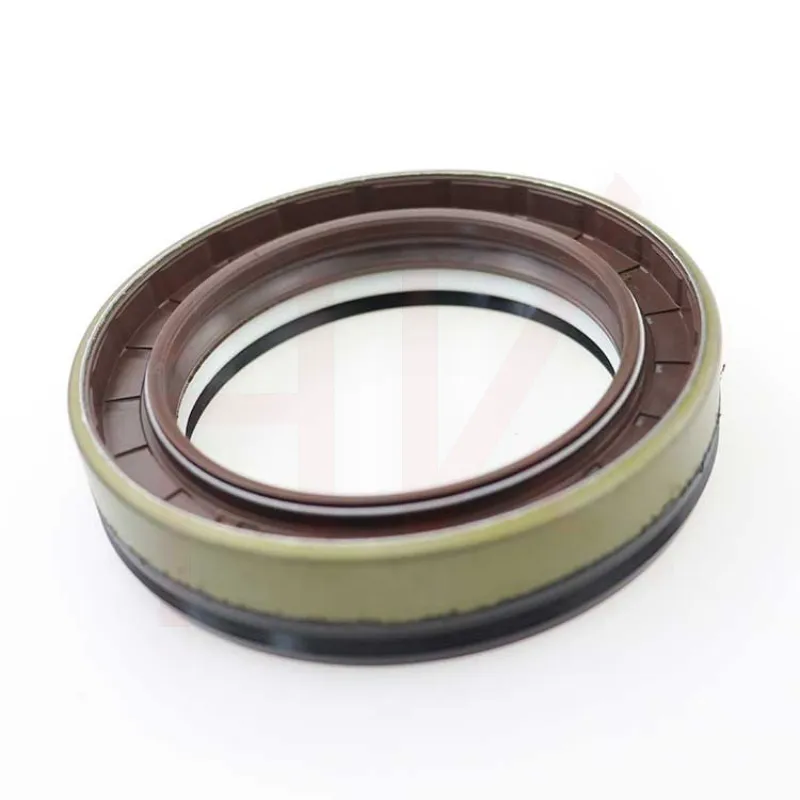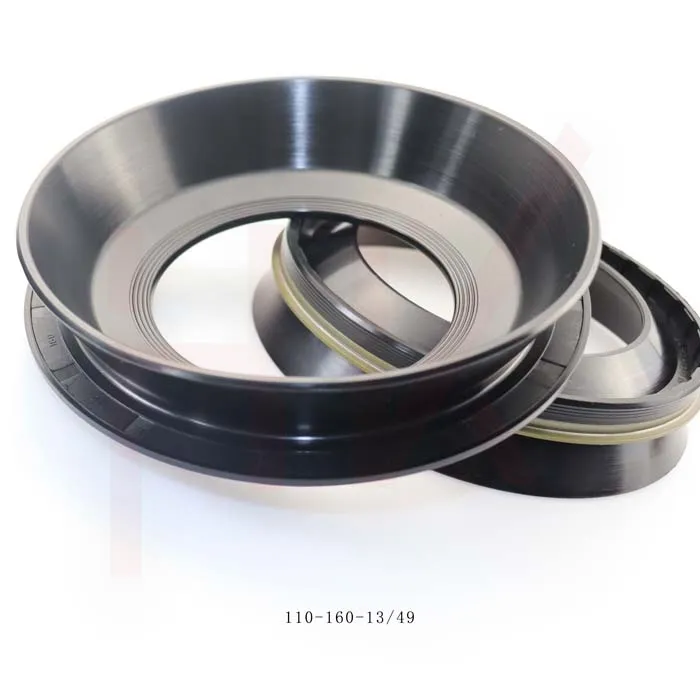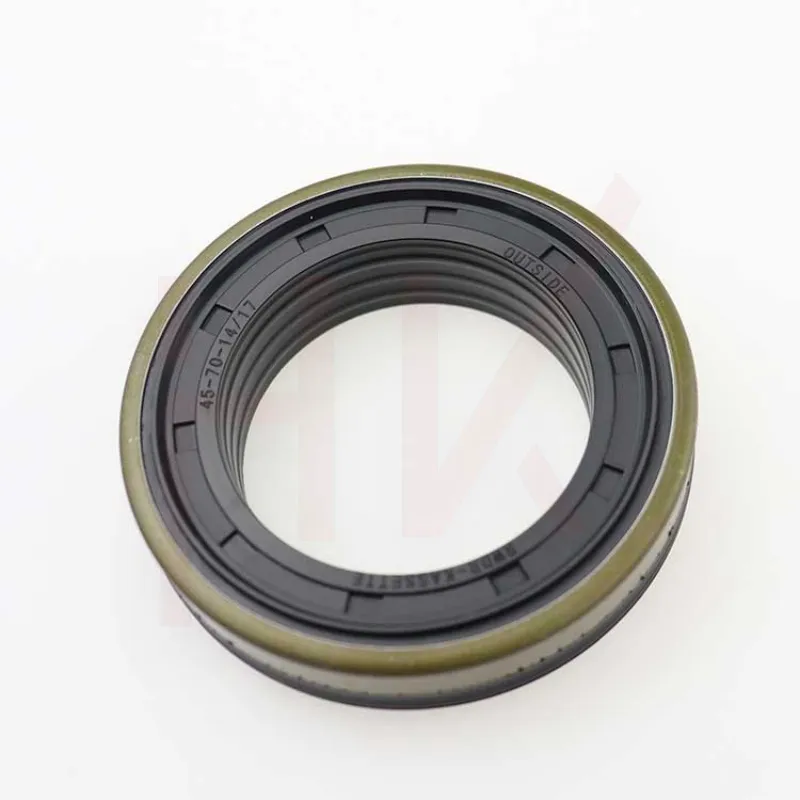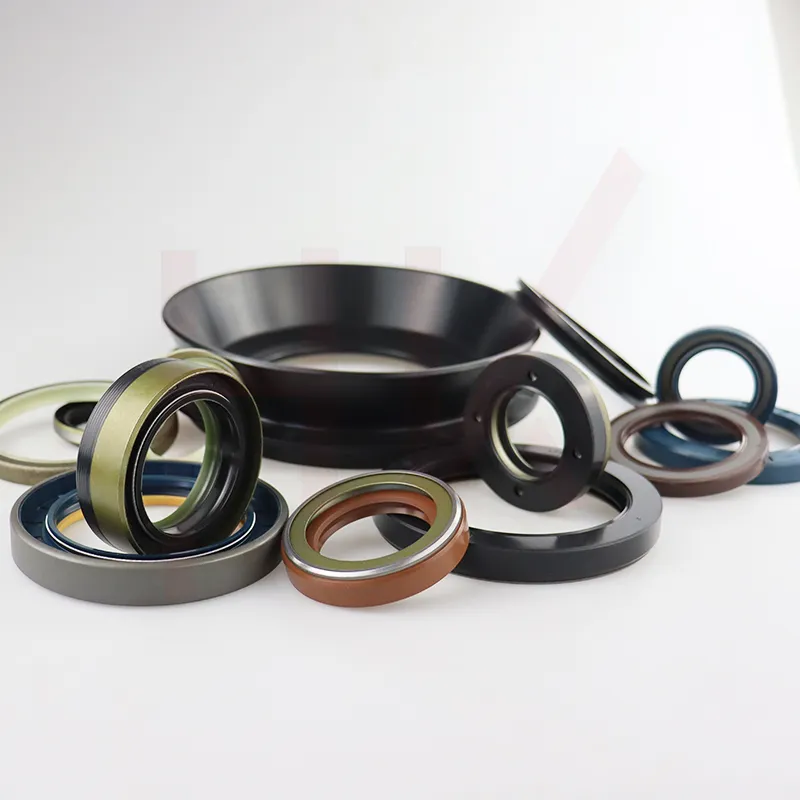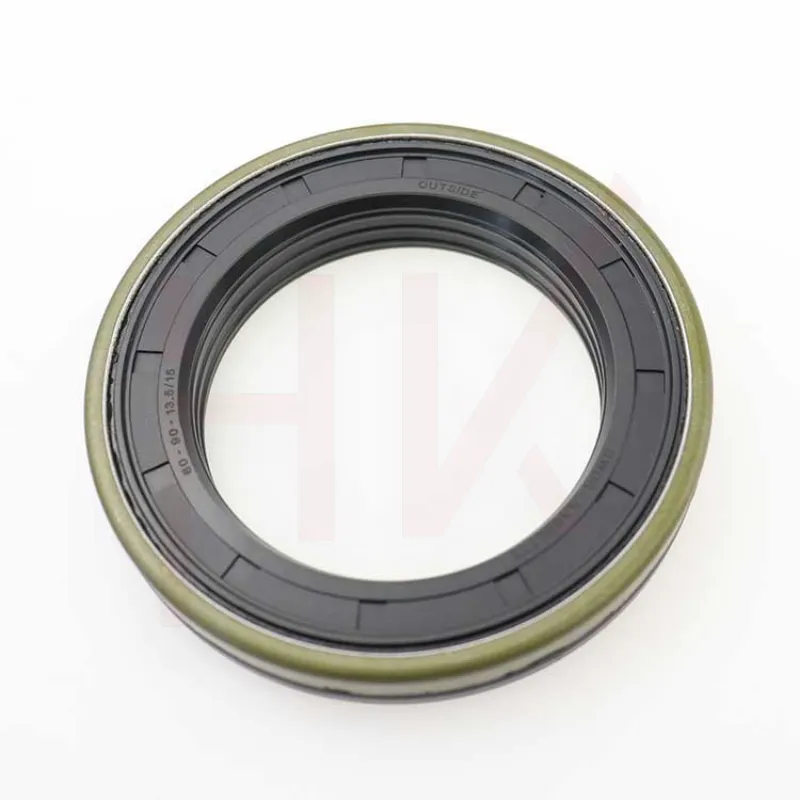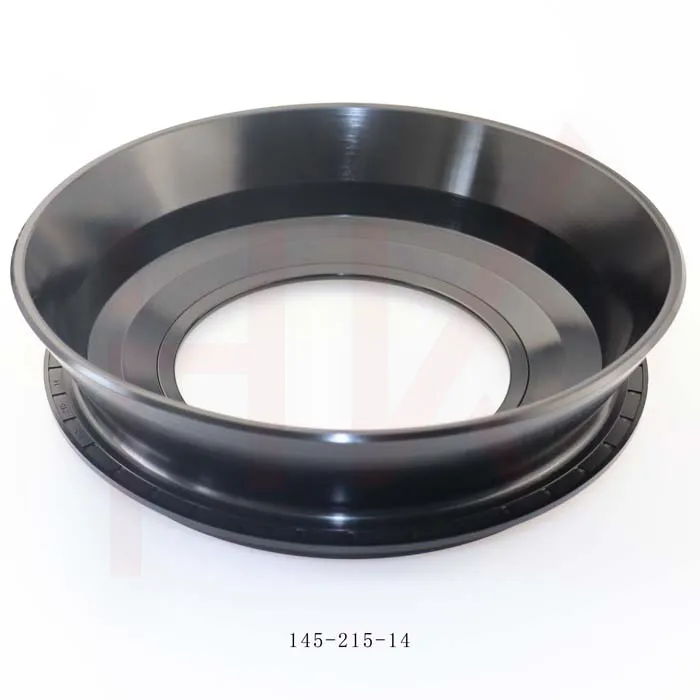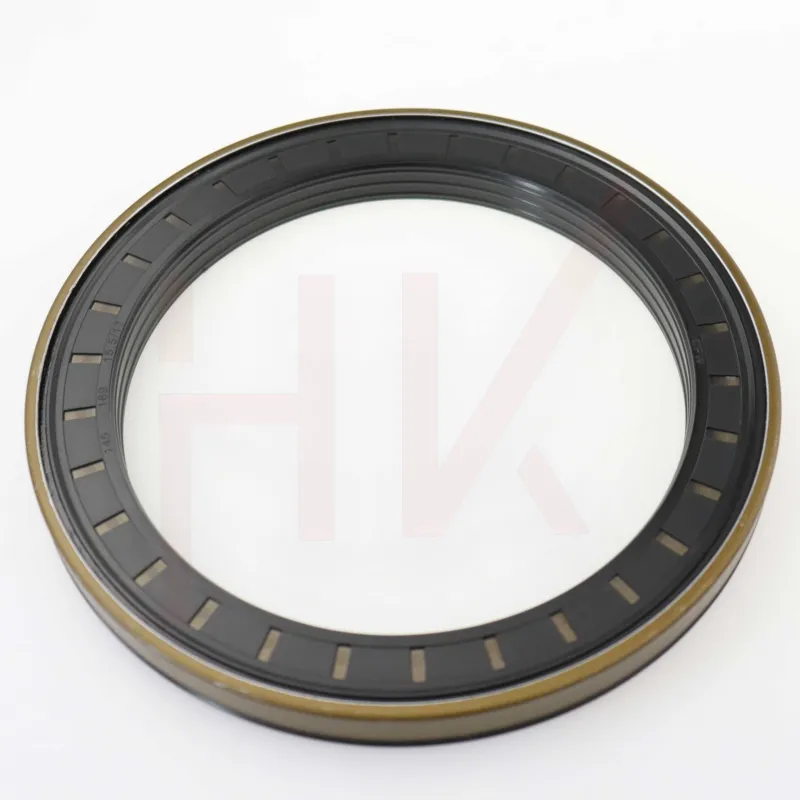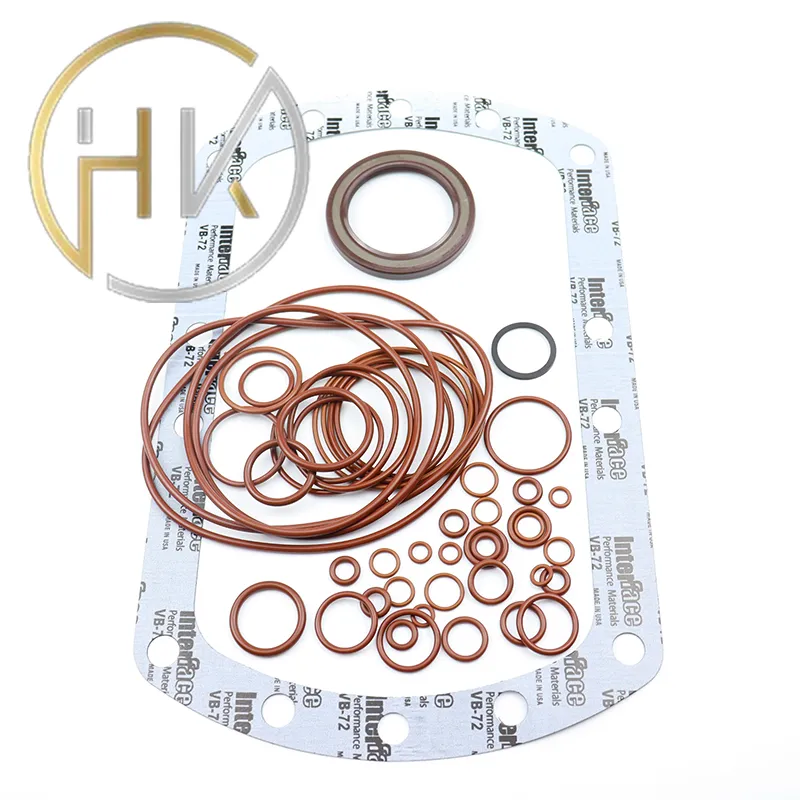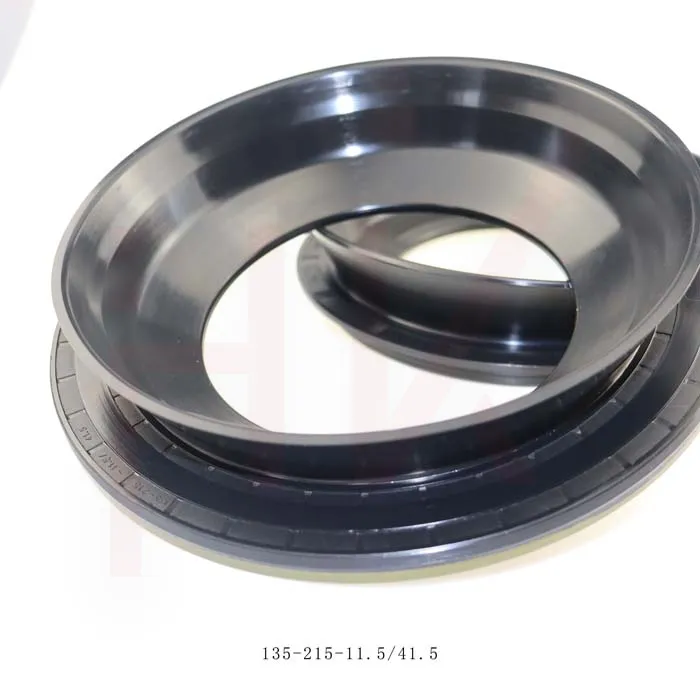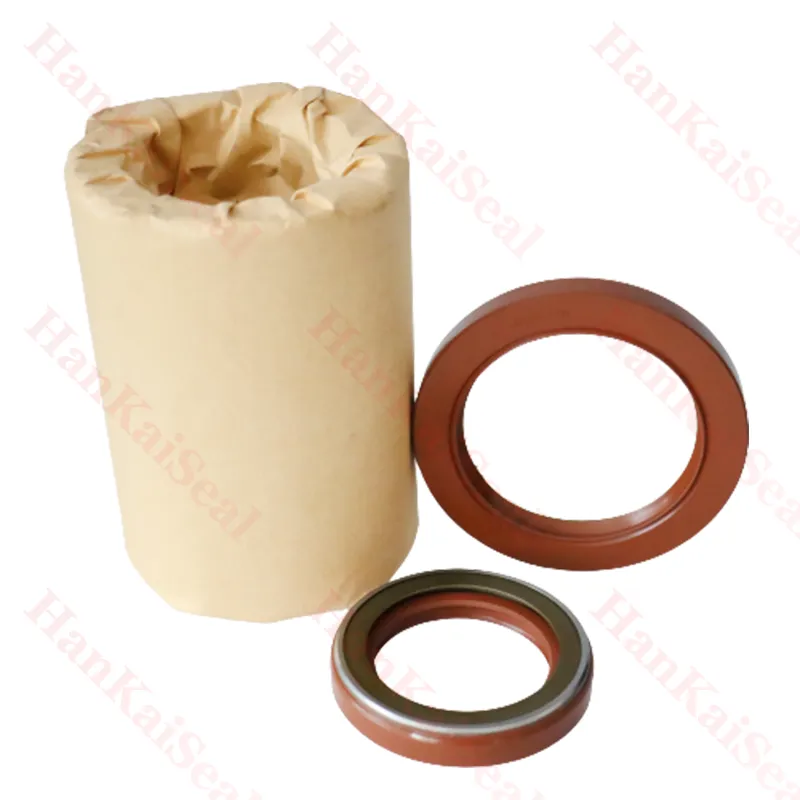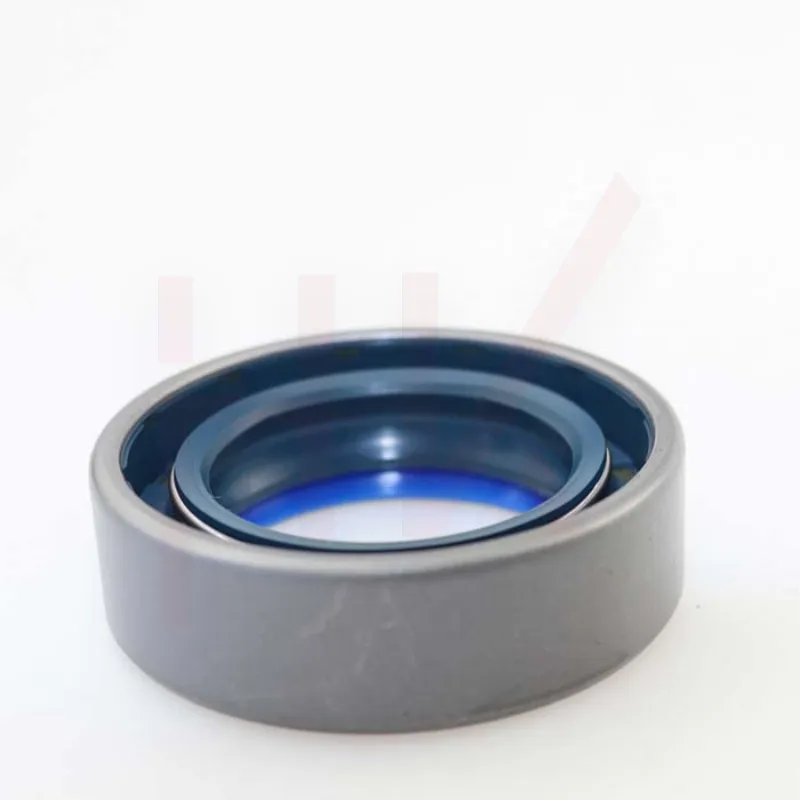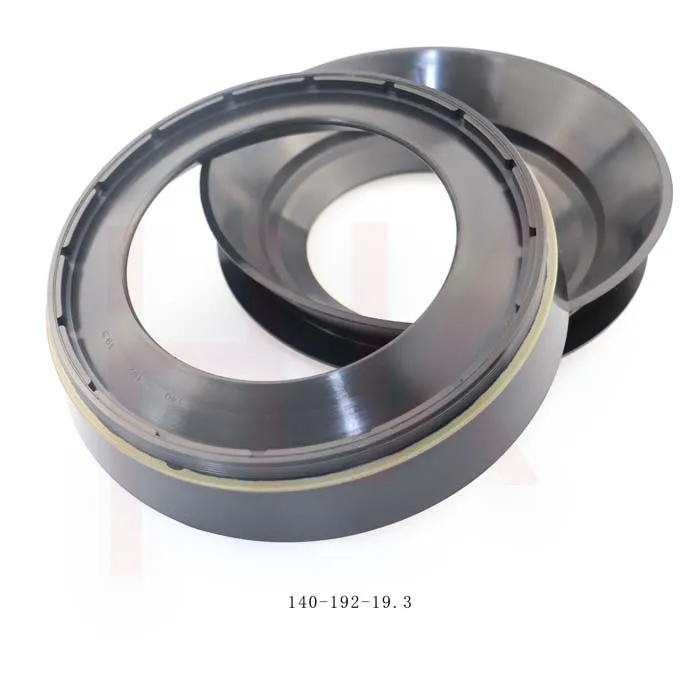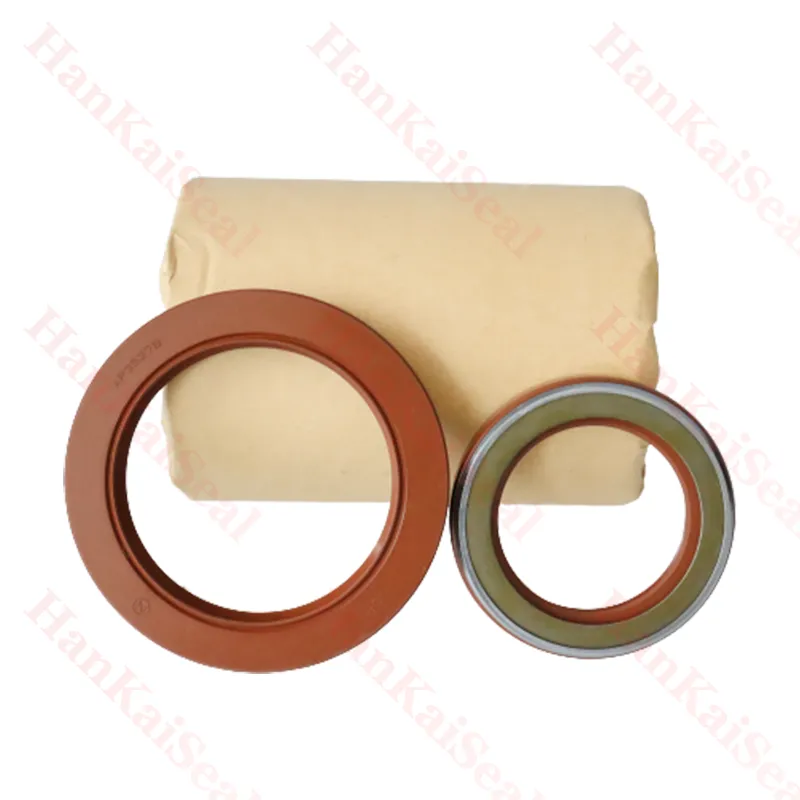Aug . 09, 2024 06:35 Back to list
Exploring the Importance of Hydraulic Seal Kits for Optimal Machinery Performance and Longevity
Understanding Seal Kits for Hydraulic Systems
Hydraulic systems are essential components in various industries, driving machinery and enabling heavy loads to be moved efficiently with minimal human effort. Central to the effective and safe operation of hydraulic systems are seal kits. These seal kits play a critical role in maintaining the integrity of hydraulic systems, preventing leaks, and ensuring reliable performance.
What is a Seal Kit?
A seal kit consists of various seals, O-rings, gaskets, and other components designed to create a tight barrier within hydraulic systems. These kits are specifically tailored for different applications and can be customized for various types of hydraulic cylinders, pumps, or motors. The primary purpose of a seal kit is to prevent the escape of hydraulic fluid and to protect the internal components of the hydraulic system from dirt, dust, and other contaminants.
Importance of Seal Kits in Hydraulic Systems
1. Leak Prevention One of the most critical functions of a seal kit is to prevent hydraulic fluid leaks. Leaks not only reduce the efficiency of the system but can also lead to catastrophic failures if the hydraulic pressure drops too low. By ensuring a proper seal, these kits help maintain the system's performance and safety.
2. Contaminant Protection Hydraulic fluids can be easily contaminated by external factors. Seal kits form a physical barrier that keeps dust, dirt, and moisture out of the hydraulic components. This protection is vital for extending the lifespan of the machinery and for maintaining the quality of the hydraulic fluid.
3. Efficiency and Performance Properly functioning seals contribute to the hydraulic system's efficiency. When seals are worn or damaged, they can lead to increased friction and energy loss, which can require additional power to maintain operation. By regularly replacing seal kits, operators can ensure optimal performance and energy efficiency.
seal kit hydraulic

4. Cost-Effectiveness While the expense of replacing a seal kit may seem trivial compared to the cost of a full hydraulic system failure, proactive maintenance can save significant costs in the long run. Regular inspections and timely replacements help avoid emergency repairs, downtime, and the costs associated with lost productivity.
Choosing the Right Seal Kit
Selecting the appropriate seal kit involves considering several factors
- Compatibility The seal kit must be compatible with the specific hydraulic component and fluid being used. Different fluids have different chemical properties, and the wrong seal material can lead to rapid degradation.
- Operating Conditions The operating temperature, pressure, and environment (e.g., exposure to chemicals or extreme temperatures) will affect the seal’s performance. Therefore, it is crucial to choose seals designed for the intended conditions.
- Manufacturer Recommendations Always refer to the manufacturer's specifications for the hydraulic equipment. They often provide guidelines on the seal kits that work best with their products.
Conclusion
Seal kits are vital components within hydraulic systems, playing an essential role in preventing leaks, protecting machinery, and ensuring efficient operation. Proper maintenance and timely replacement of seal kits can greatly enhance the longevity and performance of hydraulic machinery. Whether in construction, manufacturing, or other industries reliant on hydraulics, understanding and implementing proper seal kit management is crucial for operational success. By investing in quality seal kits and adhering to maintenance schedules, companies can safeguard their hydraulic systems against unexpected failures and costly repairs.
-
Wiper Oil Seal: Our Commitment to Clean Hydraulics
NewsAug.13,2025
-
Hydraulic Oil Seal for Self Discharging Cars
NewsAug.13,2025
-
Hub Oil Seal for Agricultural Tractor Hubs
NewsAug.13,2025
-
Skeleton Oil Seal with NBR Material
NewsAug.13,2025
-
Rotary Lip Seal for High Pressure Applications
NewsAug.13,2025
-
Cylinder Seal Kits Our Legacy of Hydraulic Trust
NewsAug.13,2025
-
Unlocking the Potential of Hydraulic Systems with Essential Sealing Solutions
NewsAug.06,2025
Products categories

